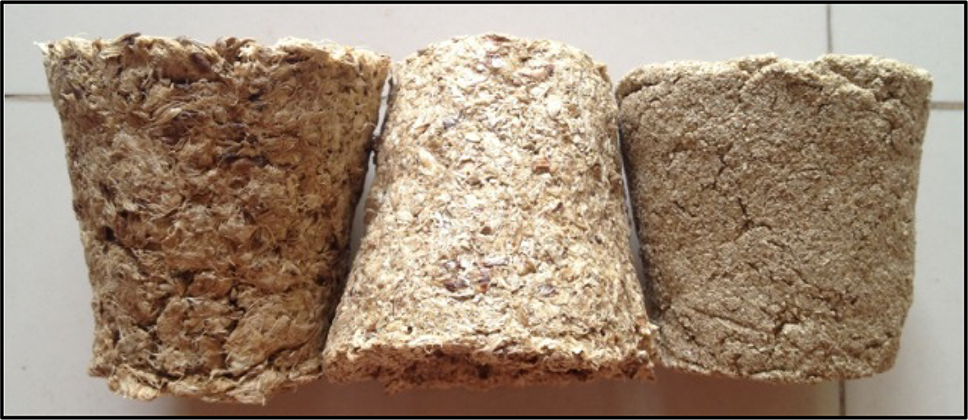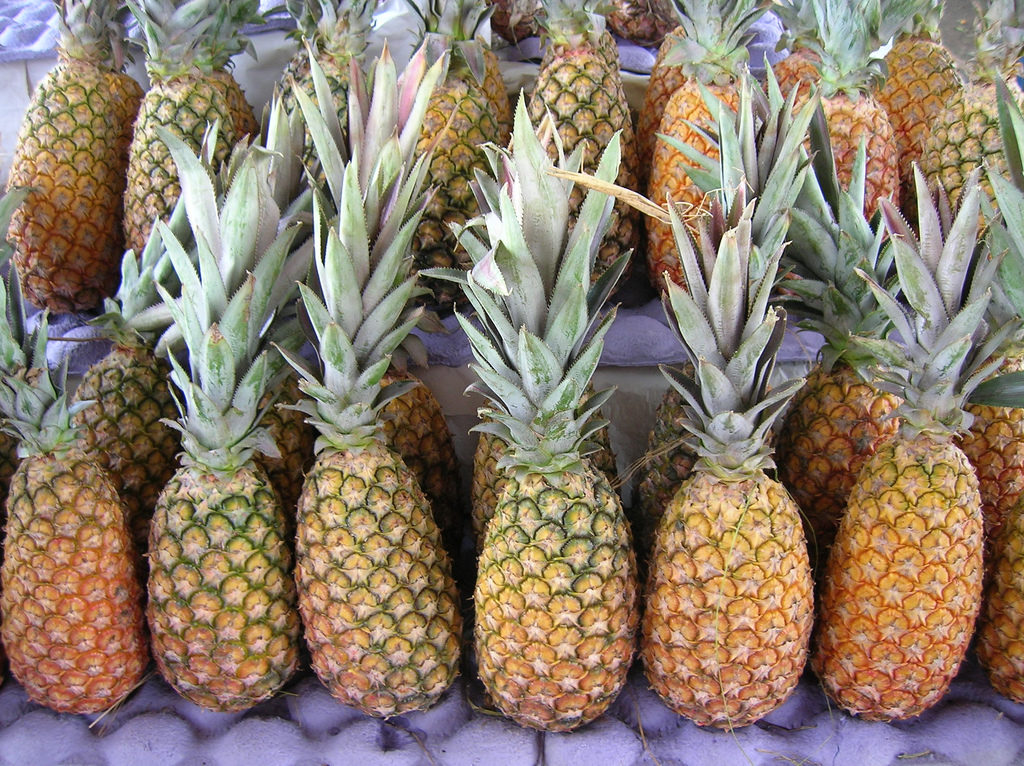When life gives you lemons, sell them and buy a pineapple. Davin Turney couldn’t have put it any better. The versatile pineapple is a powerhouse of nutrients, and even its rugged skin and leaves have found applications ranging from renewable energy to vegan fabrics. You may want to think twice before consigning the skin to the wastebasket, because it may very well make its way back to your home—in the form of a biodegradable nursery pot
Thailand is the fourth largest producer and exporter of pineapples in the world, and for years, scientists have sought to achieve a healthy balance between the country’s economic growth and carbon footprint. Their innovative use of pineapple waste to make biodegradable pots serves a threefold purpose: recycle pineapple waste generated by food processing industries, eliminate the use of plastics as plant nursery bags, and naturally fertilize soil with nutrients derived from pineapple waste.
The biodegradable pots were produced by a relatively simple method: pineapple waste was baked at temperatures of around 150 F and then mixed with a binder made of tapioca starch and water to mold it into the shape of a pot. Additionally, different textures of pineapple waste (coarse, medium, and soft) were tested with varying ratios of the binder to obtain pots of different thicknesses and simultaneously determine the most cost-effective and usable thickness. The pots were then filled with soil to test their suitability for the growth of plants. Pots with a lower thickness (1.5 cm or less) could be easily formed and filled with soil; however, pots with higher thicknesses could not hold a considerable amount of soil. The coarse-textured waste yielded the strongest pots. A pot thickness of 1 cm with a coarse texture containing a 1:0 ratio of pineapple waste to binder yielded the sturdiest pots with the best nutritious benefits.

Biodegradable pots of different textures made from pineapple waste. Source: Springer, Creative Commons Attribution 4.0 International License
Pineapples are a natural storehouse of nitrogen and phosphorus, which are two of the most essential nutrients required by plants for their growth. Nitrogen gives leaves their lush green colour and promotes vegetative growth. Phosphorus helps the plant grow roots, and eventually flower and fruit. These minerals also help plants fight disease and pests. The pineapple pots showed appreciable release rates for nitrogen and phosphorus, highlighting their potential to be a health food for plants as well.
These biodegradable pots did not damage plants during the test period, and stayed intact for an average of 45 days, which is enough time to grow a plethora of herbs, flowers, and luscious salad veggies like cucumber and radishes. Interestingly, the biodegradable pots could absorb water and retain moisture for up to three days—so worry not if you forget to hydrate your plants!
The icing on the upside-down pineapple cake was the low cost of production per pot—ranging from 0.75 to 3 cents, depending on the type of pineapple waste (fresh or dry; excluding logistical and energy costs). Nursery pots made of pineapple waste thus have immense potential as an alternative to conventional coir or wood biodegradable pots, and are ecologically sustainable as well.


